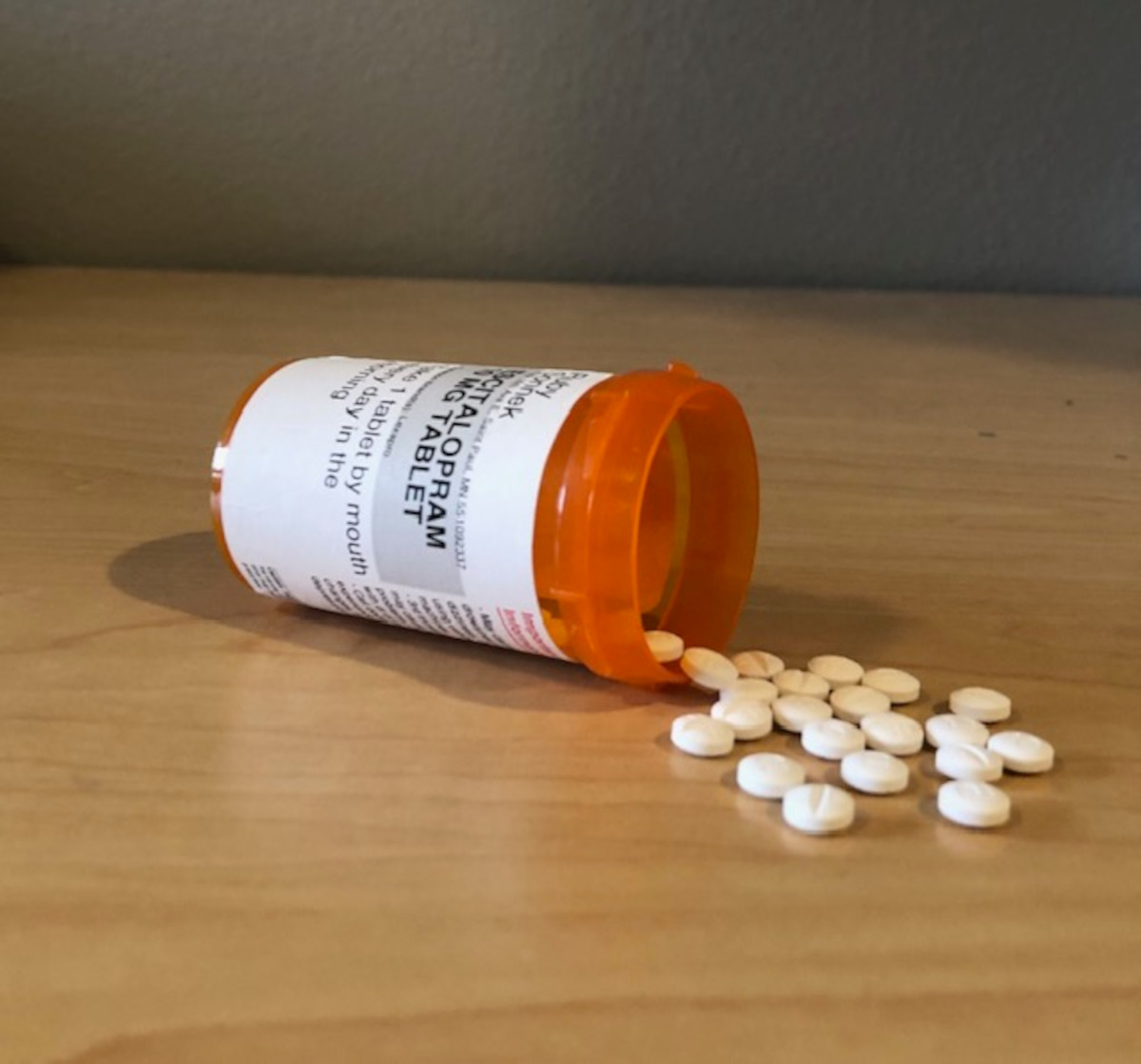Half the time I watch R-rated movies or higher, I asked myself, “What made that rating happen?” I heard a couple f-bombs and perhaps saw some private parts. More or less, nothing in those two hours that turned me into a psychotic serial killer or
drug enthusiast.
Lurking in the shadows of the Motion Picture Association of America giant lies the ultra-secretive yet highly influential MPAA Ratings System committee. After watching the expose/documentary “This Film Is Not Yet Rated” not too long ago, my disliking and of movie ratings just went from PG to R-levels.
I truly believe that the MPAA’s ratings system is a flawed and has an inconsiderate social construct. More importantly, I believe that the ratings system is often times preventing important messages from getting out and perpetuating ill messages into the media — which totally contradicts the purpose of ratings.
Besides ratings not even being required by law (really!), it’s a small panel of mostly conservative folks over the age of 40 trying to determine what’s socially acceptable. So why is it that ten or so people (including those of religious backgrounds) can decide basically whether or not a movie gets publicity and distribution? This doesn’t represent all demographics of people who watch movies.
Did you know that as long as there is no blood shown, you can basically shoot as many people as you want and only get a PG-13 rating? Yet, you could direct a historically accurate film where someone is shot in the head because of a hate crime and you get an automatic R or even NC-17.
Think movies from the “James Bond” series versus “Schindler’s List.” Which one, do you think, has a more meaningful and important message? Which one has more unnecessary violence that could, based on the viewer, lead to violent behavior? Which one got the lower rating and is therefore “more socially acceptable?”
(The answer is James Bond — most of those movies are PG or PG-13, meaning kids can see it, yet the historically-driven “Schindler’s List” is rated R.)
I believe that this is an example of how ill messages can get into the media due to the nature of the ratings system — why can we show dozens of people getting shot and nothing violent yet historically accurate?
It gets even worse when it comes to sexual content. You can, based on prior MPAA ratings, have a rape scene in a movie and get away with an R-rating. As long as there are no private parts visual and the rape scene is edited in a “tasteful” way, you’re fine (one example is “The Girl with the Dragon Tattoo” from 2011).
But heaven forbid you show a flash of a couple having consensual and non-violent sexual interactions in a “crude” way and its NC-17.
That’s basically saying you are showing the degradation of a rape victim’s body to mass audiences and that it’s okay, yet deny a realistic and non-violent depiction of a passionate, real moment.
That’s extremely inconsiderate to victims of sexual violence — and it totally denies the fact that people actually have sex because they love each other and not just through hypersexualized mannerisms.
And that’s just the beginning. There are other standards that pretty much make me sick.
Take drug use, for example, and the film “Requiem for a Dream,” Darren Aronofsky’s 2000 movie about drug addiction. It initially received an NC-17 not because of drug use — but because of a “graphic sex scene.”
That rating really held back a beautiful movie. It could have been used as an educational tool about drug use and its effects — yet, one “distasteful and grotesque” scene got the film slapped with a rating that made it almost impossible to distribute.
And don’t even get me started on the damn language standards.
So when is it ever going to be okay to show real-life in the movies and stop hiding it with messed up socio-ethical standards from 10 people? We can’t deny that actions such as real violence and sex happen.
I say films ought to be used both as entertainment and as vessels for discussion. A film is a piece of art. I say if you want to film realism, film it, and the ratings be damned — show real life for what it is, not what the media wants.
Note: this column is rated PG-13 for mild language (“damn” was uttered twice), mentions of sexual activity and drug use as well as strong use of opinion. Reader discretion is advised.






